EV Pricing Guide: How Much Do They Cost?
January 18, 2024

Steve Birkett is an electric vehicle advocate based in Greater Boston, Massachusetts. He is a content creator and marketing professional who contributes written and recorded pieces to a wide range of media outlets. His analysis has been featured in Find The Best Car Price, WWLP TV, and Torque News, among others. He has also had video content featured on Inside EVs. Birkett was an EV Guide for Plug in America events in Massachusetts (Drive Electric Cambridge and Drive Electric Lowell) and Ohio (Earth Day 2019 at Cleveland Zoo). He participates in quarterly advisory panel meetings for EVolve New York (a state-level charging initiative) and has contributed to focus groups for prominent U.S. charging networks.
Birkett is a father-of-two who loves nothing more than packing up the family and hitting the road in their latest electric car, which is currently a 2022 Hyundai IONIQ 5. With multiple Chevy Bolts in his past, as well as a Chevy Volt and Tesla Model 3 LR in the extended family, plus various EV rentals when he ventures back home to his native United Kingdom, Birkett has more than 100,000 all-electric miles under his belt and is always ready to try out a new electric vehicle.
For press inquiries, contact steve@findthebestcarprice.com
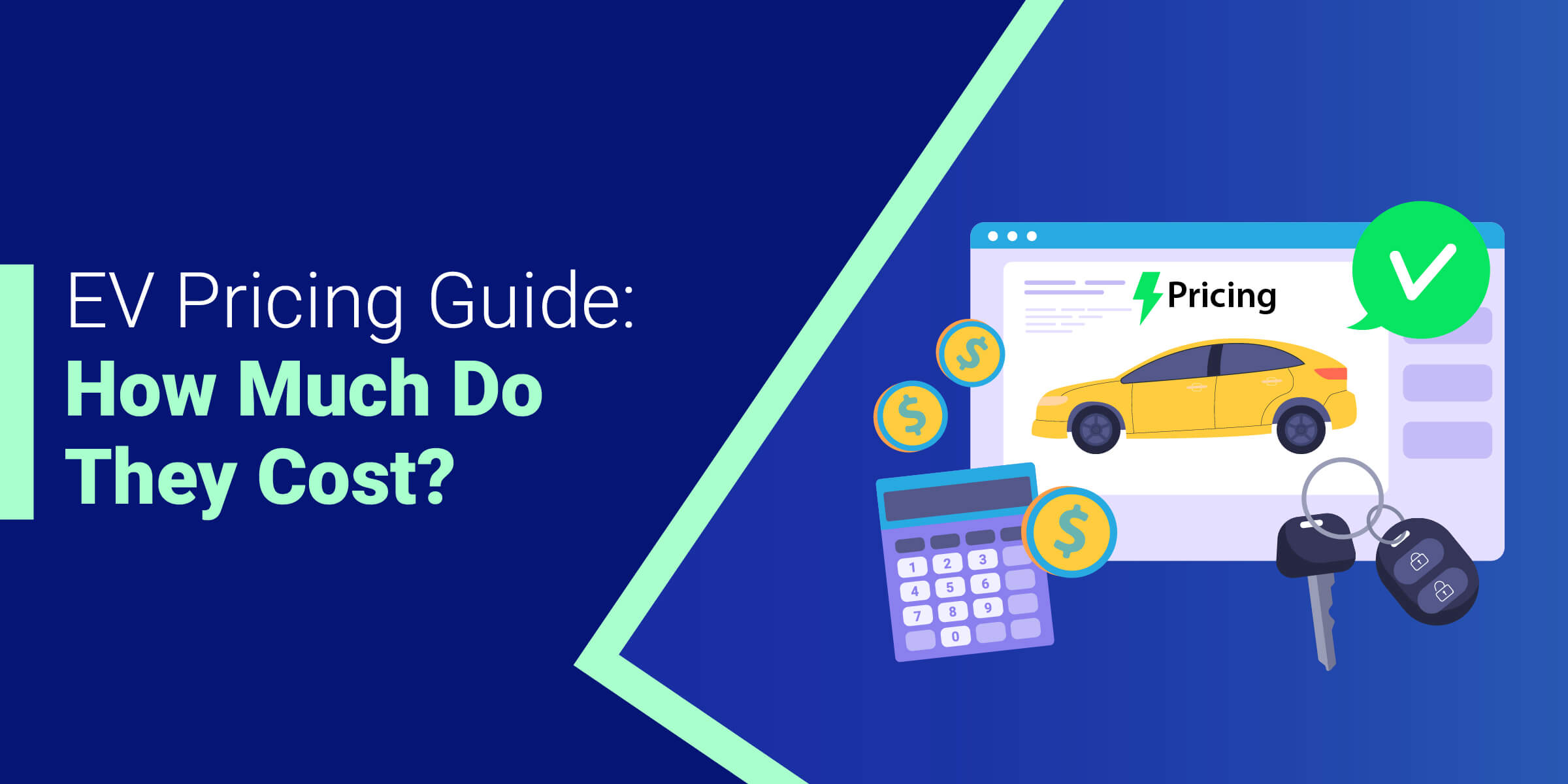
With out-the-door car pricing up across the board and showing little sign of slowing down, an EV may seem financially less attainable than ever. But just how much does an EV actually cost?
The price for an EV in 2024 ranges from $30,000 to $100,00, according to U.S. News, with an average price of $50,683, according to Kelley Blue Book (KBB) data. However, with federal, state, and utility incentives available in many cases, it’s also possible for those prices to be slashed by up to $15,000 in some states.
Here’s what affects that price and how you can get the best deal on an EV this year.
Table of Contents
What Is The Average Price Of An Electric Vehicle?
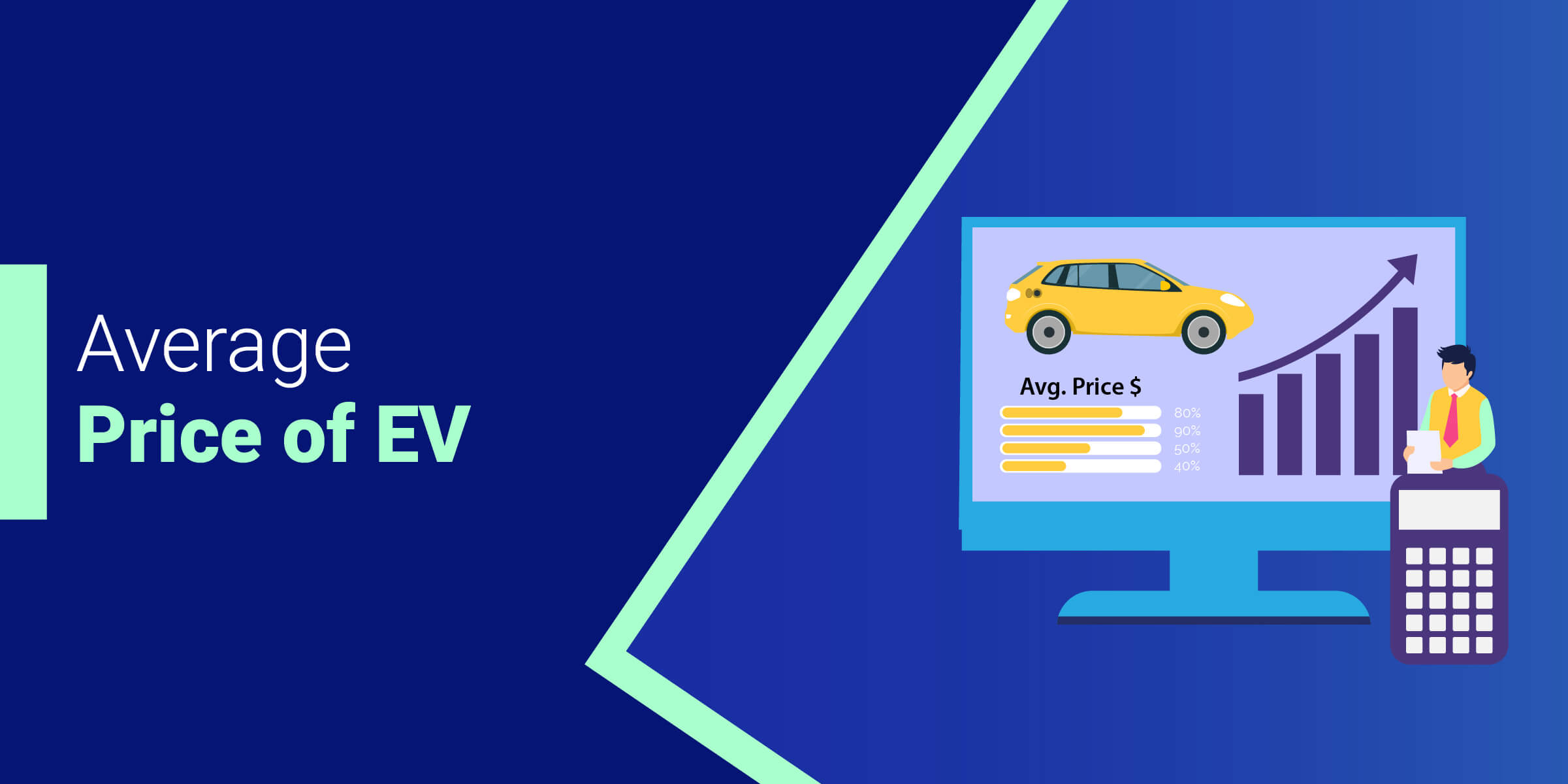
The average price of an electric vehicle is $50,683, according to Kelley Blue Book (KBB) data.
This price varies based on which make and model of EV you have as well as any accessory packages or design customizations you choose to add on.
What Is The Best Deal On An Electric Car?

The best deal on an electric car in 2024 depends on your use case. With our previous affordable electric pick, the Chevrolet Bolt EV, discontinued for the 2024 model year, several contenders are vying to take its title.
First, the Nissan LEAF, which has been on the market for more than a decade and offers the lowest starting price of a little over $28,000.
Unfortunately, the model no longer qualifies for the federal tax credit of $7,500 unless the vehicle is leased. Only applicable state programs and utility discounts for electric vehicles will bring down the price of a LEAF for those who buy one outright.
This model also has a limited range in its least expensive configuration and uses a fast charge connector type that will soon be retired from the US market, which makes it less appealing on long trips away from home.
Another option is the Hyundai Kona Electric, which starts at less than $33,000 and has 261 miles of EPA range. The Kona is an efficient compact SUV with a connector type that remains in widespread use across North America, which makes it a more viable road trip vehicle. Like the LEAF, it doesn’t qualify for federal incentives outside of lease deals, so buyers must be on the lookout for manufacturer deals and any state incentives to get that purchase price down below the $30,000 mark.
Finally, EV leader Tesla has been on a price-cutting crusade for the past year, putting its popular Model 3 and Model Y within touching distance of the affordable EVs mentioned above.
The updated Tesla Model 3 starts at around $39,000 but no longer qualifies for federal incentives, which makes the larger Model Y a better deal in most cases. The Y starts at around $44,000 but ends up less expensive than a new Model 3 after incentives. It comes down to sedan vs. SUV between the two, and both give immediate access to Tesla’s Supercharger network, which remains the most expansive and reliable way to charge you way across the country.
What Is The Cheapest Electric Car?
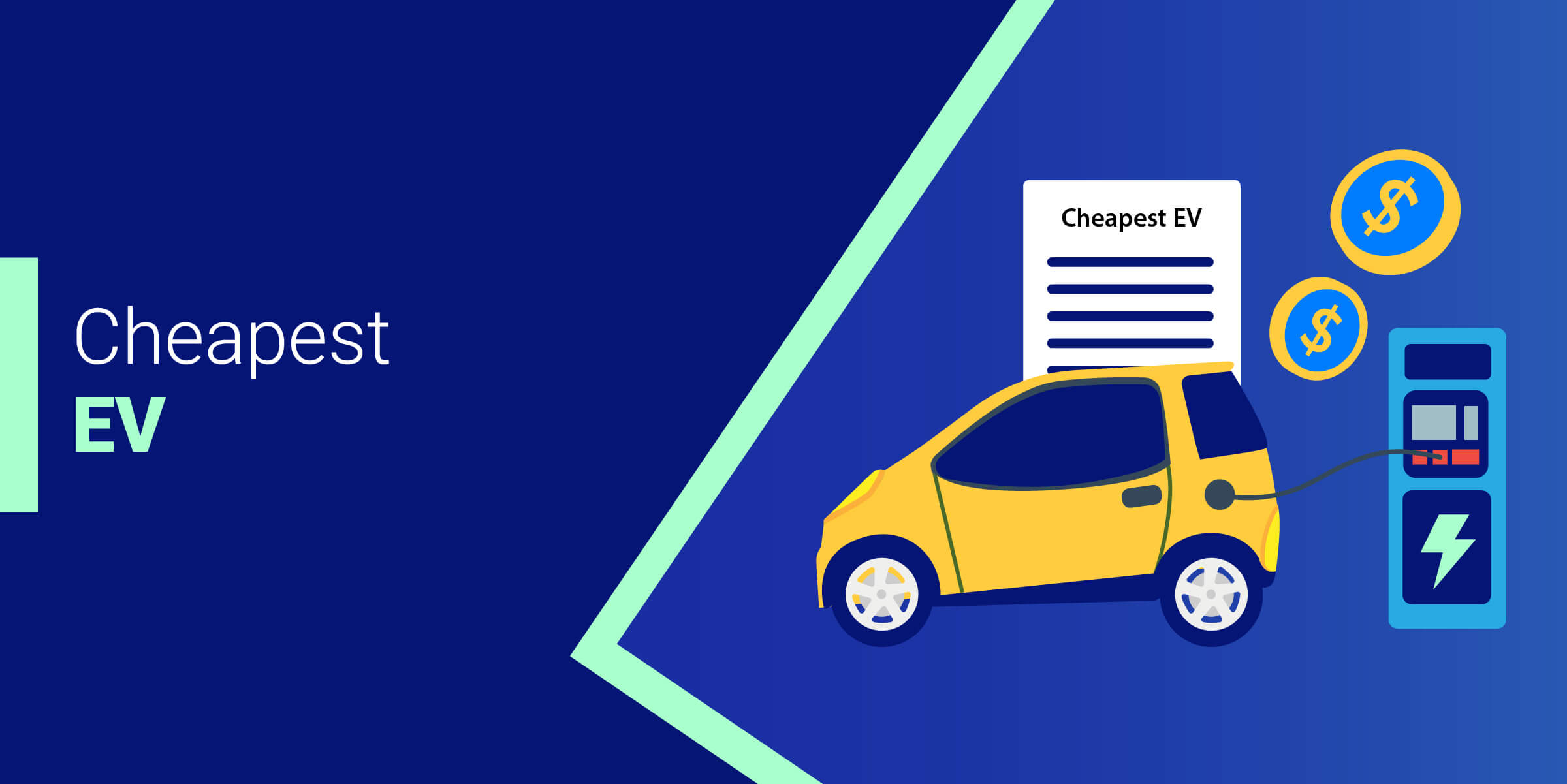
The cheapest mass-produced EV currently on sale in the United States is the 2024 Nissan LEAF.
With a starting MSRP of $28,140 in its base trim, the Nissan LEAF is an all-electric option available under $30,000 before incentives, which is something that no other manufacturer of electric vehicles can claim.
Although the 2024 Nissan LEAF is ineligible for federal EV incentives when purchased, leases do qualify for the full $7,500 off if the dealer is willing to pass on the credit. Stacked with any available state and utility incentives, the 2024 Nissan LEAF is the least expensive electric car on the market.
What Is The Most Expensive Electric Car?
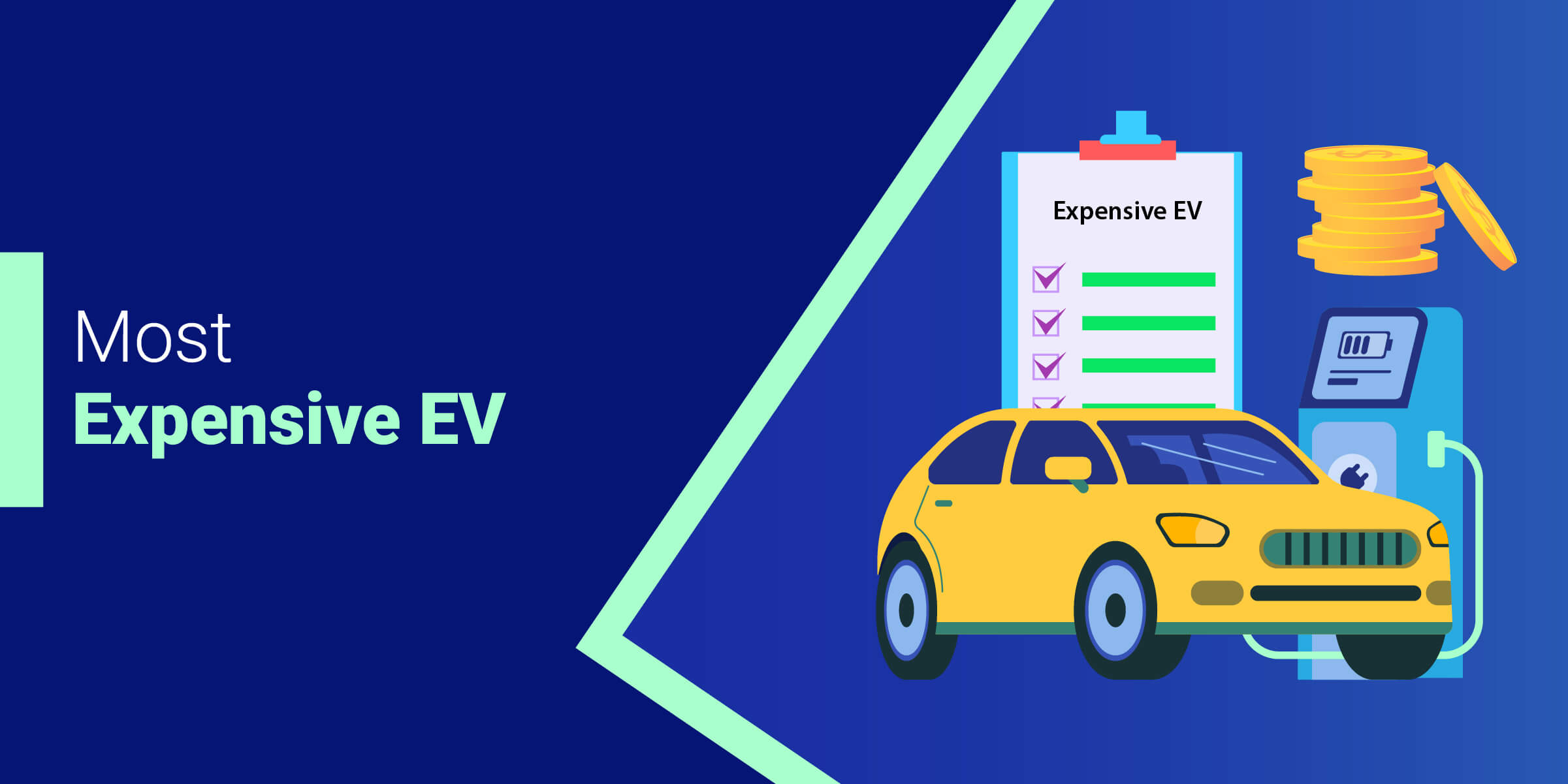
The most expensive mass-produced EV currently on sale in the United States is the 2024 Porsche Taycan Turbo S Cross Turismo, which starts at $190,000 MSRP.
For this outlay, owners will get an EV that sprints to 60mph in 2.6 seconds and hits a top speed of 162 mph, along with all of the premium appointments that come with purchasing a Porsche.
For affluent EV buyers more focused on range, the Lucid Air Sapphire Edition is positioned to take Porsche’s crown as the most expensive electric car in the near future. The Sapphire will start at an eye-watering $250,000, which nets the owner range of 400+ miles, and potentially double what the Taycan achieves on the EPA test cycle.
The Lucid is also expected to eclipse the Taycan Turbo S in terms of performance, with a rumored 1,200+ HP aimed at delivering sub-2-second sprints to 60 mph and a top speed in excess of 200 mph.
What Factors Impact The Price Of An Electric Car?
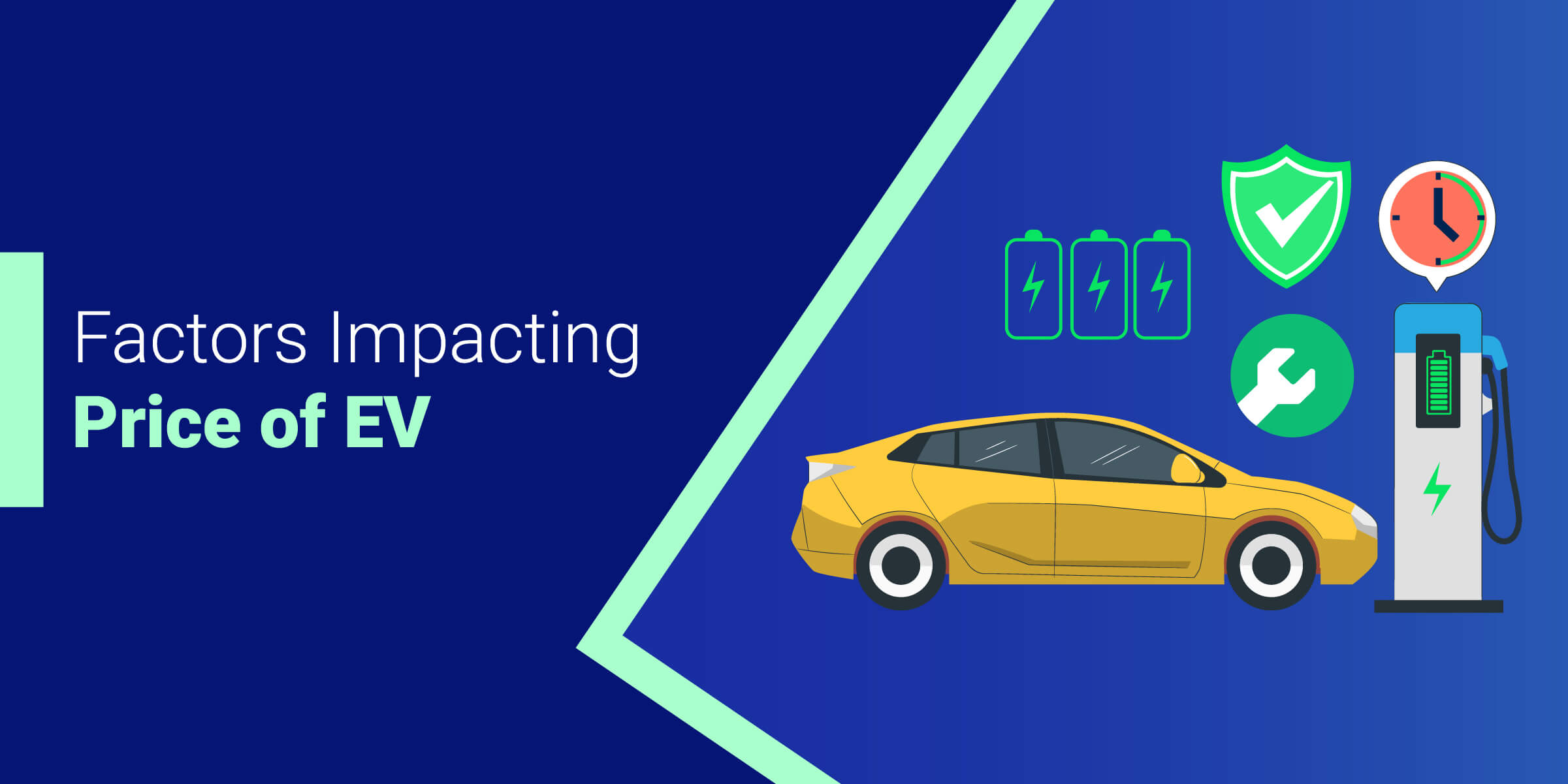
There are quite a few factors that affect the price of an electric car, including:
Government Incentives & Tax Credits
The federal EV incentive offers EV buyers up to $7,500 for the purchase of an electric vehicle, depending on where the model is assembled and the origins of its battery components.
Types of EV
These are the main types:
- Battery Electric Vehicle (BEV) - This type of electric vehicle has a large battery that can only be grid-recharged. There is no internal combustion engine in this type of EV and it’s the most expensive of them all due to the size and technology of the battery. Examples: Tesla Models S and X, the Chevrolet Bolt, the Ford F-150 Lightning, and the Ford E-Transit.
- Plug-in Hybrid Electric Vehicle (PHEV) - This type of EV has both an internal combustion engine and an electrical motor powered by a smaller battery pack. As the name suggests, this type of hybrid can be plugged in to recharge and offer the benefits of a full EV, albeit with much less all-electric range. Examples: Chevy Volt, BMW 330e, Ford Escape PHEV.
- Hybrid Electric Vehicle (HEV) - The most affordable of all, the hybrid electric vehicle or HEV has both a combustion engine and a smaller battery than a PHEV. It has no charge port to plug in directly, but the battery assistance makes a HEV far more efficient and economical to run than a regular gas vehicle. Examples: Toyota Prius, Peugeot 508 RXH HYbrid4, Ford Escape Hybrid, and Ford Fusion Hybrid.
Brand/Make of the EV
Just like with regular cars, luxury EVs come with luxury price tags.
An EV made by BMW or Porsche is going to cost more than a Ford or Toyota because it carries the prestige of being a luxury brand car.
Accessories/Customizations
The extra bells and whistles will bring the price of your EV up significantly.
Things like accessory and entertainment packages, custom paint jobs, and other extras will affect the price of an EV.
Range and Battery Capacity
Larger range estimates almost always mean a larger battery pack, which in turn puts up the price of the EV. To get into the industry-leading Lucid Air with 516 miles of range, for example, you’ll be looking at close to $150,000.
At the lower end of the market, a base trim Nissan LEAF with a 40kWh battery pack capable of 140 miles costs around $28,000, while the larger 60 kWh pack, which offers 226 miles of EPA-estimated range, carries a premium of around $8,000 more on the MSRP.
How To Save Money When Buying An Electric Car

Here are a few ways for you to save money when buying an electric car:
- Contact a tax professional or the IRS - Call up a tax pro or the IRS to see what discounts and rebates your EV purchase qualifies for. This can save you thousands of dollars.
- Buy used - Purchasing an older model EV that’s used or certified pre-owned can save thousands of dollars compared to purchasing a shiny new Tesla.
- Go for the base model - As fun as accessories, entertainment packages, and custom paint jobs are, the cost of these extras piles up. Buying a base model without the extra bells and whistles is a much more affordable option.
- Choose a PHEV or HEV - Hybrid models that rely partially on internal combustion engines are often cheaper than the full electric BEV options.
- Look for state or utility discounts - Although federal incentives are more substantial in most cases, some states offer more accessible rebates off EVs. Utilities and green consumer groups in your area might also offer incentives, so be sure to shop around.
Conclusion
At an average of around $50,000, EVs are considered to be on the pricier side, but they don’t always have to be. There are some electric vehicles that are selling for as little as around $30,000 or even cheaper if you buy used.
PHEVs and HEVs offer a more affordable option to folks looking to save money on gas and save the environment.
To save more, check all available incentives from utilities and consumer groups, buy used, stay away from adding on the extras, and always contact a tax professional to make the best use of federal and state-level incentives like discounts and rebates on EVs.
Best EV Deals by Type
Posted in Electric and Hybrid Vehicles |



